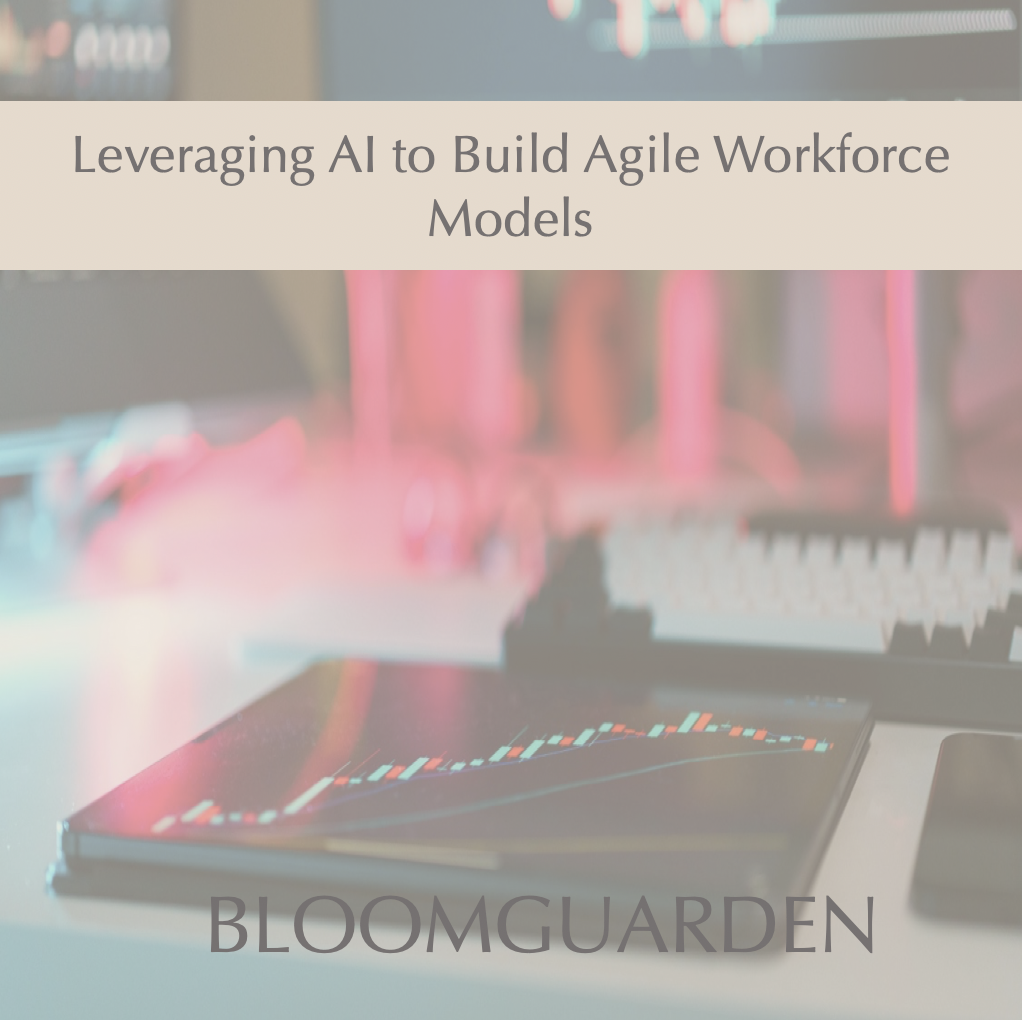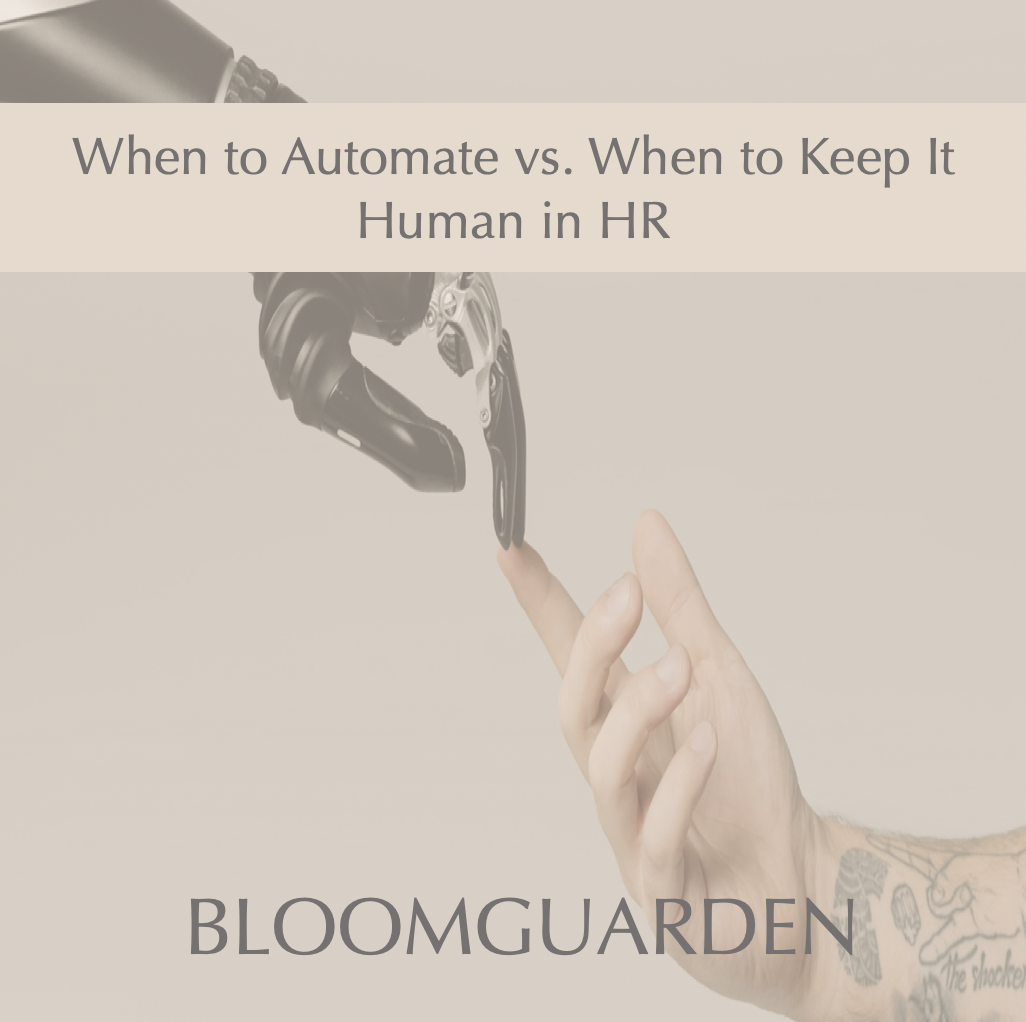Deal-Proof HR: What the One Big Beautiful Bill Means for Workforce Strategy in M&A
How the One Big Beautiful Bill Impacts HR and M&A Strategy
Discover how the 2025 One Big Beautiful Bill Act reshapes workforce planning, retention, payroll, and compliance in mergers and acquisitions. Learn what HR and private equity leaders must know to stay ahead.
Audit-Ready: Building Compliance into Daily HR Operations
Stay Audit-Ready: Embed HR Compliance Into Daily Workflows
Scrambling to meet compliance deadlines is no longer sustainable—especially in fast-growing, multi-state, or PE-backed companies. Discover how HR teams can build audit-readiness into their daily operations and stay ahead of evolving laws, from pay transparency to remote worker classifications. Learn best practices for systematizing policy acknowledgments, wage compliance, final pay, and more. Be ready when regulators or investors call—not scrambling to catch up.
Machine Learning and Workforce Planning: Smarter Decisions, Stronger Teams
Discover how machine learning is transforming workforce planning. Learn how HR leaders use ML to forecast talent needs, reduce attrition risk, and build stronger teams with smarter data. Explore real-world use cases and get tips to get started.
Set It and Forget It: Automations That Make HR Look Effortless
Scaling HR takes more than grit—especially in PE-backed and fast-growth environments. Discover how automation can bring consistency, compliance, and continuity to onboarding, offboarding, performance, and more—without losing the human touch.
The Future Org Chart: What Happens When AI Becomes Your Star Employee?
Discover how AI is reshaping the modern org chart. From AI middle managers to Chief AI Officers, companies are redefining roles and responsibilities to integrate AI as a key contributor. Explore the benefits, challenges, and ethical considerations of building organizations where AI isn’t just a tool—but a star employee.
The 5 Metrics Every Board Wants to See from HR This Year
In 2025, boards expect HR leaders to deliver metrics that connect talent strategy to business impact. This guide covers the five HR metrics boards care most about—turnover analysis, engagement scores, DEI data, hiring efficiency, and revenue per employee—to drive smarter, data-backed decisions.
If You Haven’t Done This Yet, Your HR Strategy Might Be Outdated
Outdated HR strategies can hinder growth, reduce engagement, and expose organizations to compliance risk. This guide outlines five critical updates for 2025, from aligning HR with business goals to adopting modern systems, leveraging people analytics, and avoiding trend-driven missteps.
10 GenAI Prompts Every HR Leader Should Know
Generative AI is transforming HR, from writing inclusive job descriptions to predicting turnover and planning succession. This guide shares 10 essential GenAI prompts every HR leader should use to streamline processes, improve decision-making, and elevate the employee experience.
Using Predictive Analytics to Improve Employee Retention
Predictive analytics helps HR teams identify employees at risk of leaving by analyzing historical data and workforce trends. This guide explores how to use predictive models to improve retention through early intervention, targeted engagement strategies, optimized onboarding, and data-driven decision-making.
Aligning Compensation and Benefits During M&A: A Strategic Guide
Mergers and acquisitions often expose critical misalignments in compensation and benefits. This guide outlines how to conduct due diligence, harmonize total rewards strategies, manage equity and incentive plans, ensure compliance, and communicate effectively with employees to avoid disruption and drive successful M&A integration.
Pre-Diligence HR: What PE Investors Want to See
Private equity investors are prioritizing HR in pre-diligence. Learn what they look for—from leadership structure and compliance to compensation, retention, and cultural fit. Get insight into the HR factors that impact valuation, reduce risk, and ensure smoother post-deal integration.
Preparing HR for the Exit Strategy: What Private Equity Investors Expect
Preparing HR for a private equity exit is key to maximizing valuation and appeal. Explore how leadership, compliance, compensation, and culture impact buyer interest. Learn strategies to reduce risk, boost retention, and ensure a smooth, confident transition during the final phase of the investment lifecycle.
Leveraging AI to Build Agile Workforce Models
As market conditions shift rapidly, businesses need flexible, responsive workforce strategies. This post explores how AI-driven workforce models are helping companies forecast talent needs, fill skills gaps with precision, and reallocate resources in real-time. Learn how AI supports smarter HR planning, boosts retention, and empowers future-ready teams.
When to Automate & When to Keep It Human in HR
Explore how to balance HR automation and human interaction. Find out when to use AI for efficiency and when personal connection matters most in areas like employee relations, performance management, and workforce analysis initiatives.
Navigating Multi-State Employment Laws: A 2025 Guide
As remote and hybrid work models become the norm, multi-state employment compliance is more complex—and more critical—than ever. This 2025 guide highlights key developments across pay transparency, paid leave, workplace discrimination protections, minimum wage changes, and labor law posting obligations. Employers must stay agile, conducting regular policy audits, tailoring handbooks, leveraging compliance tools, and consulting legal experts to manage risk and maintain a compliant, equitable workplace. Stay informed, stay compliant, and set your organization up for success across every state line.
The Ideal Workweek for an HR Department of One
Managing HR as a solo practitioner is no small feat. Balancing compliance, employee engagement, recruitment, and administrative tasks can feel overwhelming. Creating a structured workweek can help you manage your workload effectively and ensure no critical areas are overlooked. Here’s an ideal breakdown of how to organize your time as an HR department of one.
Effective Ways to Manage Conflict in the Workplace
Workplace conflict is inevitable when people with different perspectives, priorities, and communication styles work together. While conflict can be disruptive, it also presents opportunities for growth and innovation when managed effectively. Here are practical strategies for resolving conflicts and fostering a harmonious workplace.
What HR Leaders Should Know About Global Mobility in 2025
Global mobility remains a critical focus for HR leaders as organizations expand internationally and adapt to changing workforce dynamics. In 2025, trends like hybrid work, evolving immigration policies, and employee expectations for flexibility are reshaping global mobility programs. Here’s what HR leaders need to know to navigate these complexities effectively.
Leveraging Employee Surveys to Drive Retention
Employee surveys are a powerful tool for understanding workforce sentiment and identifying strategies to improve retention. By gathering and acting on employee feedback, organizations can proactively address concerns, boost engagement, and build a culture where employees feel valued and motivated to stay. Here’s how to effectively use employee surveys to drive retention.
How to Handle M&A-Related Employee Concerns Effectively
Mergers and acquisitions (M&A) can be transformative for organizations, but they often create uncertainty and anxiety among employees. Addressing employee concerns effectively during these transitions is critical to maintaining morale, productivity, and trust. Here’s a guide to navigating employee concerns in M&A scenarios.



















